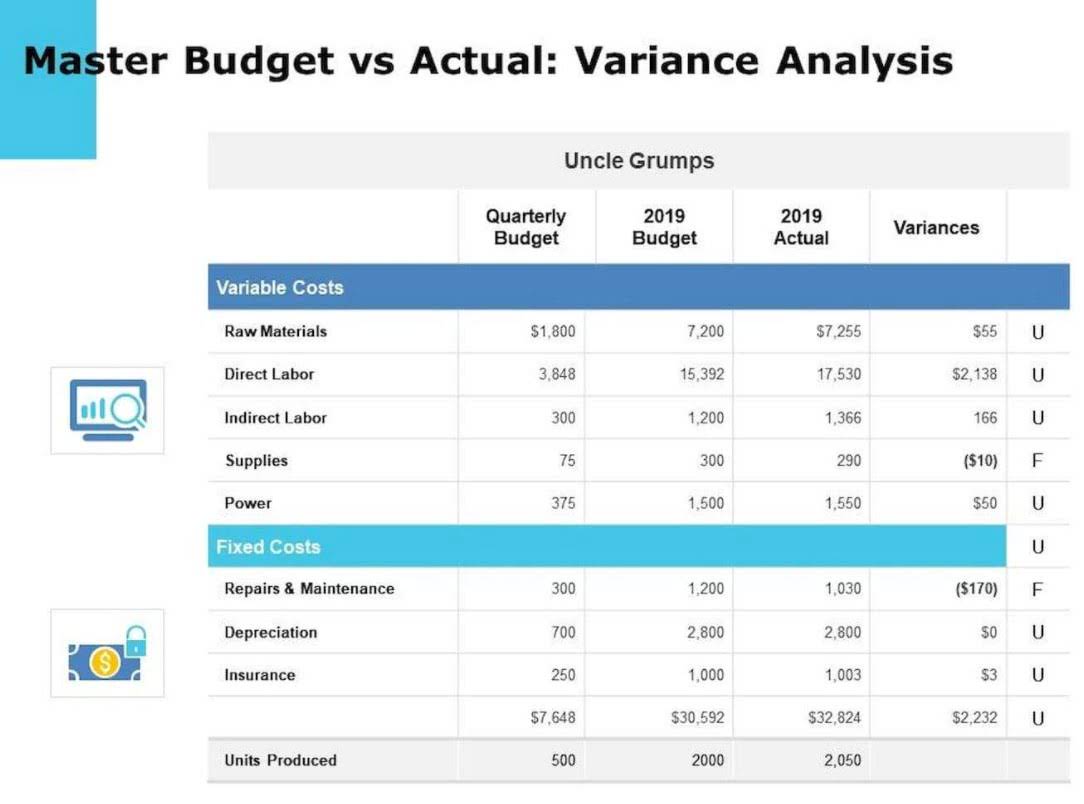
This can lead https://www.bookstime.com/articles/payment-service-provider to a decrease in shareholder confidence and potentially make it more difficult for the company to obtain financing in the future. In order to address negative retained earnings, the company will need to take steps to improve its financial performance and generate profits. This may involve implementing cost-cutting measures, expanding into new markets, or introducing new products or services. The company needs to communicate with its shareholders and provide regular updates on its financial performance and plans for improvement.

Understanding and Addressing Negative Retained Earnings
- They had already cut their capital expenditures to zero, cut share repurchases, sold assets, and trimmed administrative expenses as much as possible.
- However, if a company incurs net losses or distributes dividends that exceed its accumulated profits, the retained earnings account can have a debit balance, indicating a negative value.
- It reconciles the beginning balance of net income or loss for the period, subtracts dividends paid to shareholders and provides the ending balance of retained earnings.
- However, negative retained earnings should not be considered debt because they do not involve a promise to pay back a specific amount of money to a particular creditor.
A company’s retained earnings can become negative if it has experienced consecutive losses or if it has paid out more dividends than the number of profits generated in previous periods. Companies can enhance their negative retained earnings by implementing strategies such as boosting profits, cutting dividend payments, reducing costs, and making strategic investments. Negative retained earnings contribute to a reduction in shareholders’ equity, impacting the company’s overall financial position and potentially signaling financial distress. The company’s ability to raise capital through debt or equity financing may be compromised as lenders and investors may view the company as a higher risk. This unfavorable financial position can also affect the company’s credit rating, making it more expensive to raise funds in the future.
How Negative Retained Earnings Impact Business

If a company is spending more money than it is bringing in, negative retained earnings are inevitable. This can be caused by various factors, such as overstaffing, high rent or lease payments, excessive advertising expenses, or poor management. While positive retained earnings are ideal, your retained earnings can still be harmful, depending on whether or not the company has generated more profits than it has paid out as dividends. This could involve diversifying product lines, entering new markets, or enhancing marketing efforts to boost sales.

Investor Confidence Rises As zSpace (ZSPC) Achieves Key Milestone
While returning profits to shareholders is common, doing so without sufficient earnings can erode retained earnings. Mature companies with limited growth opportunities may prioritize negative retained earnings shareholder returns over reinvesting in the business, increasing the likelihood of negative retained earnings if not carefully managed. However, sustained negative retained earnings can indicate underlying financial issues, such as a lack of profitability or liquidity problems. Negative retained earnings can also limit a company’s ability to access credit or raise capital. Additionally, if a company experiences losses in a particular period, the retained earnings balance will be reduced, as it reflects the cumulative profits and losses over time.

Impact on Financial Statements
Retained earnings are the profits a company has reinvested in its operations, assets, or expansion plans. This means that instead of distributing the profits to shareholders as dividends, the company decides to retain them to finance its future growth and development. To improve negative retained earnings, a company may need to focus on increasing revenue, reducing expenses, and improving its overall financial management. This could involve implementing cost-cutting measures, finding new sources of income, or restructuring the business to be more efficient. By retaining earnings, a company demonstrates its ability to generate consistent profits, cash flow reinvest in its operations, pursue expansion opportunities, repay debts, or weather economic downturns. The level of retained earnings can also indicate the company’s commitment to long-term growth and sustainability, showcasing its ability to fund future projects and withstand financial challenges.
- Many investors rely on dividends for their income and the double compounding effect they can have on the growth of our investment portfolios.
- This can be caused by various factors, such as overstaffing, high rent or lease payments, excessive advertising expenses, or poor management.
- In this example, the company has retained earnings of $1,175,000 at the end of the period.
- Paying dividends when a company has Negative accumulated earnings would further erode its equity and could raise concerns about the company’s financial health.
- This reduction happens because dividends are considered a distribution of profits that no longer remain with the company.
- Negative retained earnings could result in negative shareholders’ equity if the company has sustained losses for an extended period.

